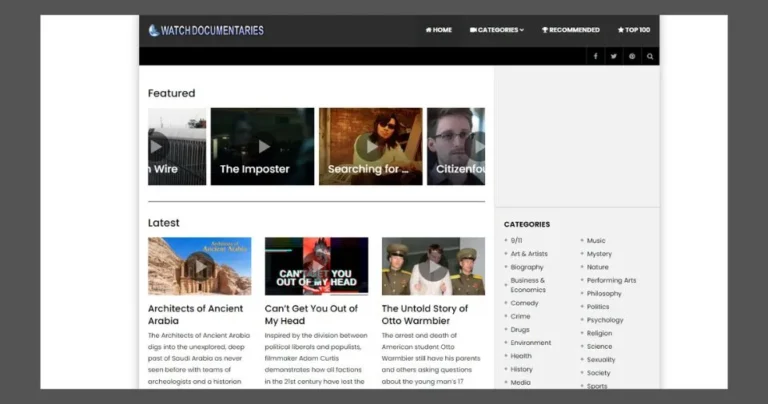Did AT&T Really Bathing Suit Full Body AT&T Lily Fired
Rumours that AT&T fired Lily, the star of their successful ad, for donning a bathing suit and being fired went viral on the internet.
Is this clickbait headline true, though? Explore more to uncover the secret tale behind the dispute. Discover the significance of representation, media literacy, and Lily Adams’ legacy.
Introduction
The tale of “AT&T Lily” being fired for donning a full-body bathing suit is a perfect illustration of the disinformation that abounds on the internet.
For years, this attention-grabbing title has been going around, causing controversy and uncertainty. Let’s go back in time and get to know the main players in this tale before we explore the truth behind the clickbait.
Who is AT&T Lily?
Milana Vayntrub’s funny and lovable depiction of Lily Adams in a series of AT&T ads helped make her a pop cultural legend.
Adorned in her trademark nerdy-chic ensemble, Lily captivated the crowd with her sharp repartee and realistic difficulties securing the best phone deals.
Because of her genuine demeanour, Lily became well-known, and for many, AT&T was associated with her.
The Full-Body Bathing Suit Controversy
When a social media photo went viral purportedly showing Lily in a full-body swimming suit, the rumour mill went into overdrive.
The piece, which was full of false information, said that Lily was dismissed by AT&T because of her apparently innocent wardrobe decision.
This caused a stir, with many people denouncing the business for allegedly body-shaming its staff and showing no regard for their needs.
A Deeper Look at the Narrative
This is when the exciting part begins. First and foremost, there is no proof that AT&T ever prohibited full-body swimwear.
Like many other firms, its dress code places a premium on professionalism and discourages provocative clothes.
Second, Milana Vayntrub, who portrays Lily, has never discussed wearing a full-body bathing suit in public—let alone being fired for it.
So, Where Did This Story Originate?
The clickbait is far less spectacular in real life. This rumour was disproved by the reputable fact-checking website Snopes, which also revealed that the picture of Lily in a full-body swimming suit was probably Photo shopped.
Additionally, according to some sources, the internet commotion was the result of a malevolent effort to use Vayntrub’s reputation for political gain.
Exploring the Underlying Issues
The tale of the “bathing suit firing” is untrue, yet it raises some significant points. It might be concerning how easily false information circulates on the internet.
The narrative also touches on a broader social discourse around body image and the pressure placed on women to meet unattainable beauty standards.
Lily as a Role Model
Lily’s character is still favourable in spite of the manufactured scandal. Her image in the advertisements defied traditional advertising clichés by showing a sensible, knowledgeable lady who wasn’t scared to be herself.
Lily’s eccentric appeal struck a chord with viewers, especially younger ladies, in a society fixated on airbrushed beauty.
The Importance of Media Literacy in a Digital Age
The tale of the “firing of the bathing suit” is a sobering reminder of the value of media literacy.
Being a discriminating online content consumer is essential in the modern digital world, because information spreads quickly.
Make sure an item is credible and has a reliable source before sharing it or responding to anything you read online.
The Legacy of Lily Adams
Lily Adams was more than a marketing campaign. She came to represent accessible humour and a reminder that humorous and clever women can coexist.
Even though the story about the “bathing suit firing” was made up, it started a discussion on body image and the influence of media portrayal.
The Role of Social Media Influencers
A few social media influencers’ acts contributed to the rumor’s growth as well. Certain influencers capitalized on the issue by spreading the word about it without first confirming its veracity.
This careless behaviour damaged public confidence in online personas while also fanning the fires of disinformation.
Fact-checking and Responsible Journalism
Fortunately, reliable news sources and fact-checking websites such as Snopes intervened to refute the rumour.
Their work revealed the doctored photo and emphasized the dearth of proof supporting the termination allegation. This fact-checking was very important in reducing the harm that the first false information created.
Body Image and the Media
Even if the “bathing suit firing” story was clearly untrue, it did start an important discussion about body image and how women are portrayed in the media.
The artificial beauty standards that are often promoted in entertainment and advertising became the topic of many internet conversations.
With her humble demeanour and emphasis on brains above appearance, Lily’s persona emerged as a useful point of reference throughout this conversation.
A Missed Opportunity for AT&T
AT&T was given a rare chance to highlight its support for diversity and body acceptance via the staged incident.
Their brand may have been enhanced by a thoughtful response that acknowledged the issues brought up and emphasized their inclusive workplace culture. But their silence on the subject encouraged rumours and could have turned off some clients.
The Evolution of the AT&T Commercials
It’s interesting to note that over time, the Lily Adams-starring AT&T ads did change. Her eccentric nature and difficulties with phone plans were given greater attention in the first representation.
But as the campaign went on, Lily was shown in the ads in a more powerful way. She overcame obstacles at work, confidently handled social settings, and eventually emerged as a role model for young girls.
ALSO READ
The Enduring Appeal of Lily Adams
Lily Adams is still a popular figure, even in light of the controversy surrounding the “bathing suit firing.” Audiences continue to be drawn to her relatability, humour, and intellect.
The development of a character that disproved preconceptions and encouraged viewers to value their uniqueness is what made the AT&T campaign so successful, not simply its catchy slogans.






